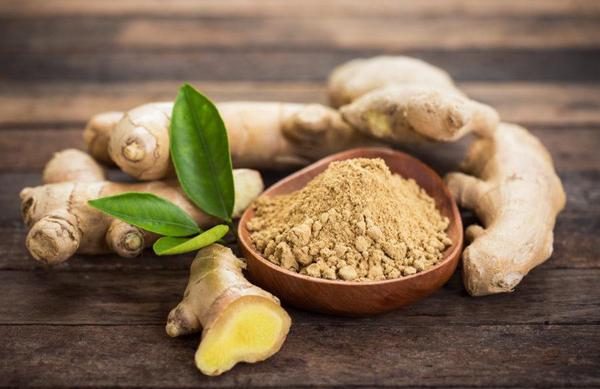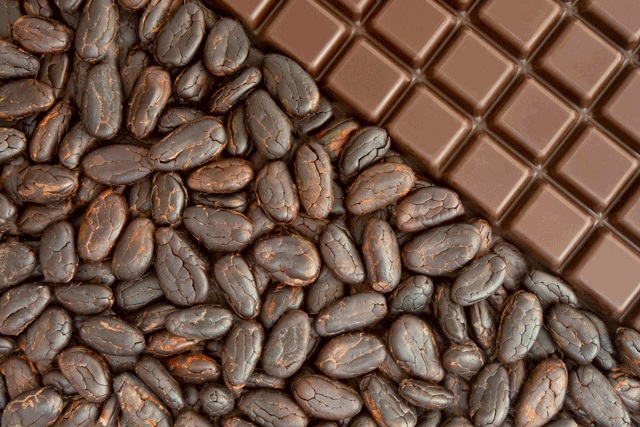
Why should we be more engaged in Health Research?
March 4, 2021
Garlic; a natural defense against viral diseases
March 18, 2021Over the last few years, the use of ‘natural’ or ‘alternative’ remedies has increased markedly and has gained popularity among masses.
Ginger is one of the most commonly consumed spices among many countries and across different cultures; not only added to food as flavor enhancer, but it has also been used as alternative remedy for treating many ailments.
Ginger (Botanical name: Zingiber Officinale) is a member of plant family that includes cardamom and turmeric; and it originated in South-East Asia. Ginger is used in various forms which include fresh, dried, pickled, crystallized, preserved and powdered or grounded forms.
Ginger has been used for thousands of year for treatment of hundreds of ailments such as colds, nausea, vomiting, indigestion, constipation, joint pain, muscle pain, headache, and even some deadly and chronic diseases.
However, researchers suggest that using herbal or complementary remedies without advice from a health expert on assumption that these substances will have beneficial effect might not be an advisable practice.
Moreover, experts have emphasized that scientific research is crucial for establishing the safety and efficacy of potential therapeutic plant remedies and in defining the risks and benefits of herbal remedies.
Thus, over the last few years many scientific studies have been conducted which focused on verification of ginger’s pharmacological (science of drugs) and physiological actions.
Studies indicate that ginger has anti-inflammatory effects (i.e. it helps reduce inflammation which is biological response of the body tissues to harmful stimuli such as, physical injury, infections, exposure to irritants or radiation etc.), antioxidant properties (antioxidants are the substances that can prevent or slow the damaged to cells caused by the unstable molecules produced in the body), antimicrobial effects (substances that can kill or slow the spread of microorganisms) and it also helps in relieving pain (pain is perceived by inflamed tissues and ginger has anti-inflammatory effects i.e. it helps reduce inflammation and thus pain).
Moreover, studies suggest that health promoting effects of ginger are attributed to presence of variety of compounds and constituents which have been identified through various analytical processes. Gingerols are the major constituents of fresh ginger and are the primary pungent ingredients, whereas shogaols are the major gingerol dehydration products which are abundant in dry ginger, other constituents may include paradols and zigerone etc.
Some studies have shown that ginger exerts anti-inflammatory effects on rodents, but scientists were uncertain of its effects on human muscle pain. Thus, it was required to assess the hypoalgesic effects (hypoalgesia is decreased sensitivity to painful stimuli) of ginger on human muscle pain through scientific methodology.
Recently, scientists conducted studies with an objective to examine the effects of 11 days of raw ginger supplementation (study 1) and heat-treated ginger supplementation (study 2) on muscle pain. Heat-treated ginger was used for the studies as it was suggested to enhance its hypoalgesic effects.
To conduct the studies 34 volunteers were included for study 1 while 40 volunteers were included in study 2, respectively. During the studies participants consumed 2 grams of either raw (study 1) or heated ginger (study 2) or placebo (substance or treatment which is designed to have no therapeutic value i.e. they do not contain any active medication) for 11 consecutive days. Moreover, the participants performed 18 eccentric actions (eccentric contraction is the motion of an active muscle while it’s lengthening under load) of the elbow flexors (flexors are the muscles whose contraction bend a limb) to induce pain and inflammation. Pain intensity, perceived effort ( Perception of effort is defined as intensity of effort, stress, discomfort or fatigue that one may feel during recovery from dynamic exercise), plasma prostaglandin E2 (Prostaglandins are the substances that are made at sites of tissue damage or injury and they control processes such as inflammation, blood flow, blood clot formation etc.), arm volume, range-of-motion (measurement of the amount of movement around a specific joint or body part), isometric strength ( Isometric exercises are contractions of a particular muscle or group of muscles; these exercises involve holding a position rather than moving and help maintain strength) were assessed prior to and for 3 days after exercise.
The results of the studies have shown that raw and heat-treated ginger resulted in similar pain reductions 24 hours after eccentric exercise when compared to placebo; and smaller effects were noted between both types of ginger and placebo on other measures. Furthermore, daily supplementation with ginger reduced muscle pain caused by eccentric exercise; however, this effect was not enhanced by heat treating the ginger.
According to the researchers the study demonstrates that daily consumption of raw and heat-treated ginger resulted in moderate-to-large reductions in muscle pain following exercise-induced muscle injury.
REFERENCE:
Ginger (Zingiber officinale) Reduces Muscle Pain Caused by Eccentric Exercise
https://www.sciencedirect.com/science/article/abs/pii/S1526590009009158
Anti-oxidative and Anti-inflammatory Effects of Ginger in Health and Physical Activity: Review of Current Evidence
https://www.ncbi.nlm.nih.gov/pmc/articles/PMC3665023
The Amazing and Mighty Gingerhttps://www.ncbi.nlm.nih.gov/books/NBK92775



